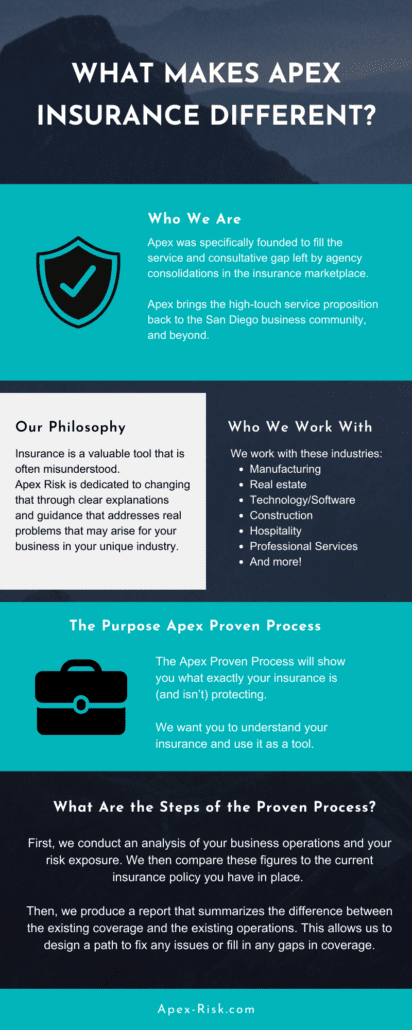Pacific Prime Fundamentals Explained
Wiki Article
The Main Principles Of Pacific Prime
Table of ContentsEverything about Pacific PrimeThe 30-Second Trick For Pacific PrimeThe Basic Principles Of Pacific Prime Pacific Prime for BeginnersIndicators on Pacific Prime You Need To Know

This is because the data were accumulated for a period of solid financial efficiency. Of the estimated 42 million individuals who were without insurance, just about about 420,000 (regarding 1 percent) were under 65 years of age, the age at which most Americans end up being qualified for Medicare; 32 million were grownups between ages 18 and 65, around 19 percent of all grownups in this age team; and 10 million were children under 18 years of age, regarding 13.9 percent of all children (Mills, 2000).
These quotes of the variety of individuals uninsured are produced from the yearly March Supplement to the Existing Populace Survey (CPS), carried out by the Demographics Bureau. Unless or else kept in mind, nationwide quotes of people without health and wellness insurance and proportions of the population with different type of insurance coverage are based on the CPS, the most commonly utilized source of price quotes of insurance policy protection and uninsurance prices.
Little Known Questions About Pacific Prime.

Still, the CPS is especially useful due to the fact that it creates annual estimates reasonably promptly, reporting the previous year's insurance policy coverage approximates each September, and since it is the basis for a constant set of price quotes for greater than two decades, enabling for analysis of fads in insurance coverage gradually. For these reasons, as well as the extensive use the CPS in other research studies of insurance protection that are presented in this record, we count on CPS price quotes, with limitations kept in mind.

The quote of the variety of uninsured people expands when a population's insurance coverage status is tracked for several years. Over a three-year duration starting early in 1993, 72 million individuals, 29 percent of the U.S. https://pastebin.com/u/pacificpr1me. populace, were without coverage for at the very least one month. Within a single year (1994 ), 53 million individuals experienced at the very least a month without protection (Bennefield, 1998a)
Six out of every 10 uninsured grownups are themselves utilized. Although working does boost the probability that one and one's household members will certainly have insurance coverage, it is not a guarantee. Also members of family members with two permanent wage income earners have practically a one-in-ten opportunity of being uninsured (9.1 percent without insurance price) (Hoffman and Pohl, 2000).
All about Pacific Prime
New immigrants make up a considerable percentage of individuals without medical insurance. One analysis has connected a significant portion of the current development in the dimension of the U.S. uninsured population to immigrants who arrived in the nation between 1994 and 1998 (Camarota and Edwards, 2000). Recent immigrants (those that concerned the USA within the previous four years) navigate to this website do have a high rate of being uninsured (46 percent), however they and their kids make up just 6 percent of those without insurance policy nationally (Holahan et al., 2001).The connection in between medical insurance and accessibility to care is well established, as recorded later in this chapter. Although the relationship between medical insurance and health results is neither straight nor easy, a substantial clinical and health and wellness services research literary works web links medical insurance coverage to enhanced accessibility to care, better quality, and boosted individual and populace health standing.
Degrees of evaluation for checking out the impacts of uninsurance. It focuses specifically on those without any type of health and wellness insurance policy for any type of size of time.
Pacific Prime Can Be Fun For Anyone
The issues faced by the underinsured are in some areas similar to those encountered by the without insurance, although they are typically much less serious. Health insurance coverage, nevertheless, is neither needed nor enough to get access to medical solutions. The independent and direct result of wellness insurance protection on accessibility to health services is well developed.
Others will get the healthcare they require even without wellness insurance, by spending for it out of pocket or seeking it from providers that supply care cost-free or at very subsidized rates. For still others, wellness insurance alone does not make sure receipt of care as a result of various other nonfinancial barriers, such as a lack of healthcare companies in their community, minimal accessibility to transportation, illiteracy, or linguistic and social distinctions.
Pacific Prime Can Be Fun For Everyone
Formal research study regarding without insurance populaces in the USA dates to the late 1920s and early 1930s when the Committee on the Cost of Treatment created a series of reports regarding financing doctor workplace brows through and hospital stays. This concern became significant as the numbers of medically indigent climbed throughout the Great Depression.Report this wiki page